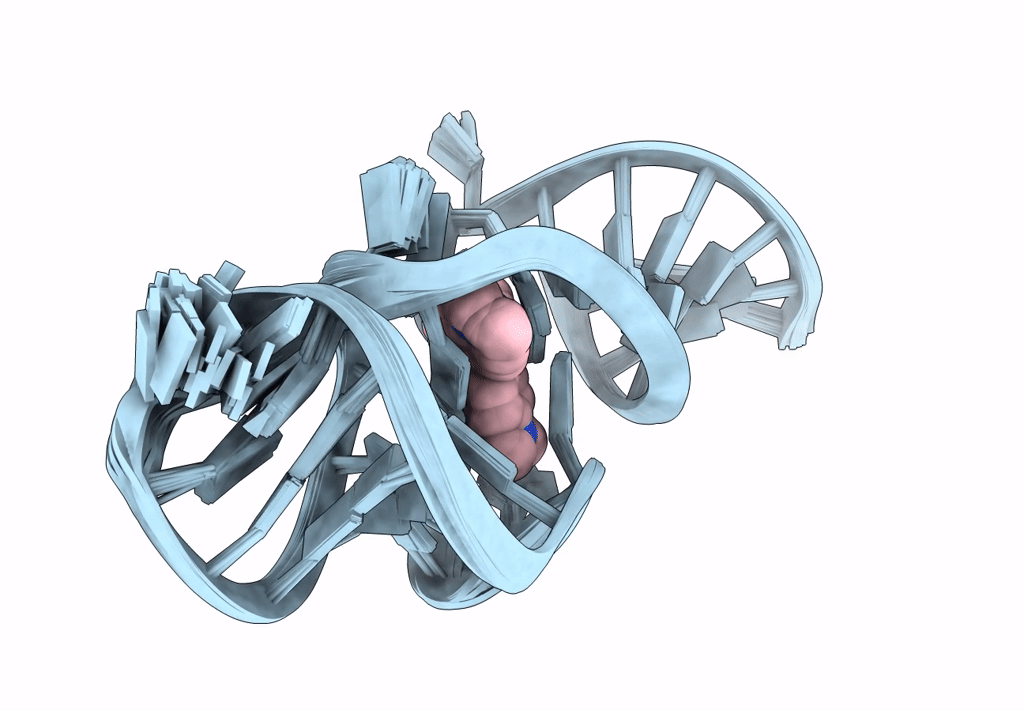
Deposition Date
2003-08-21
Release Date
2004-03-23
Last Version Date
2024-05-22
Entry Detail
Biological Source:
Source Organism:
Method Details:
Experimental Method:
Conformers Calculated:
100
Conformers Submitted:
25
Selection Criteria:
structures with the lowest energy


